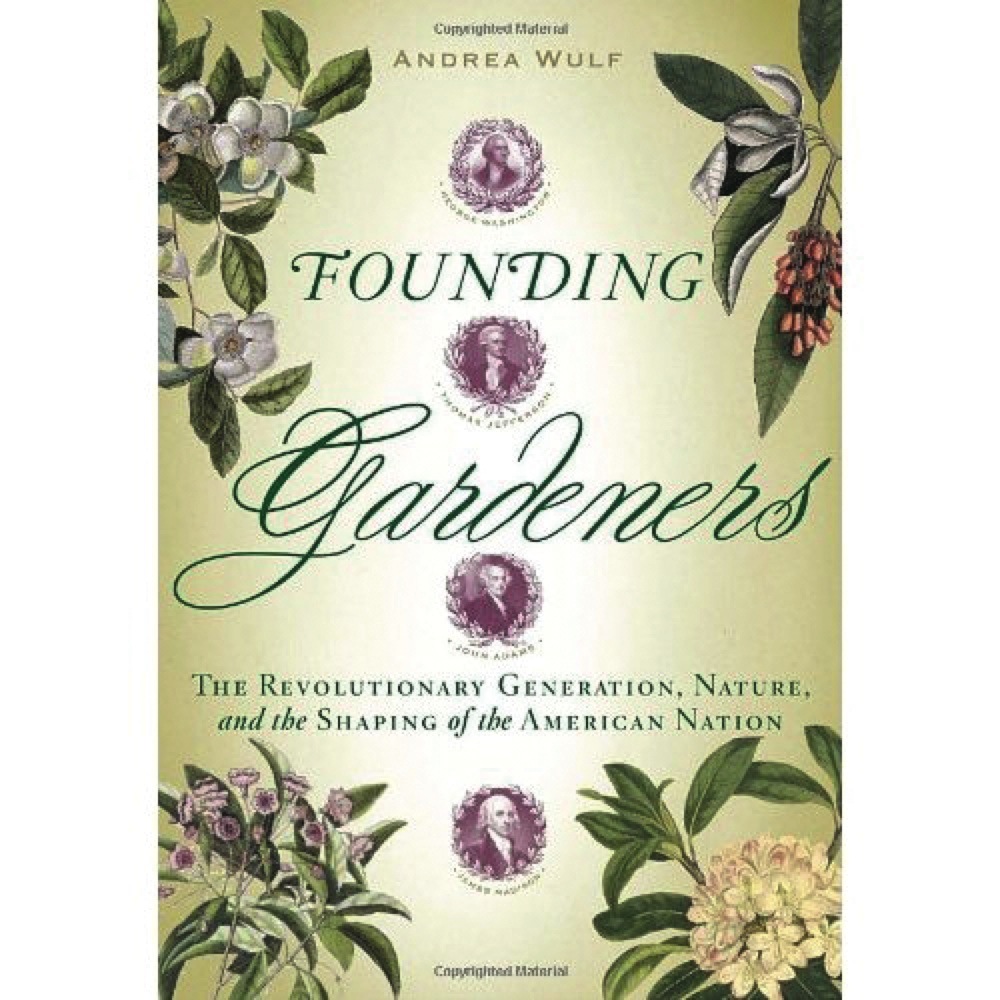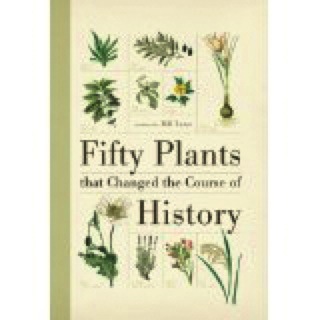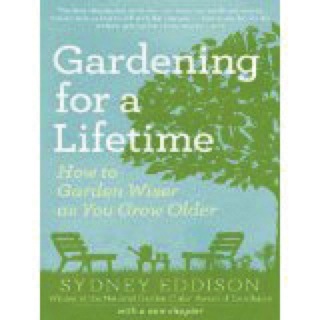It’s Christmas. Time to relax.
Yes, today probably is going to be busy, but there is a chance you are just getting to this column as the day is winding down. Now is the time to settle down with a few gardening books while you wait for the next gardening season to begin sometime in March.
I have some ideas for you.
• “Founding Gardeners: The Revolutionary Generation, Nature and the Shaping of the American Nation” by Andrea Wulf combines my love of gardening and of history.
The British historian looks at George Washington, Thomas Jefferson, John Adams and James Madison and how their love of gardening, botany and especially native American plants affected how the nation was formed.
Washington with Mount Vernon, Jefferson with Monticello and Madison with Montpelier had vast estates, while Adams’ Peacefield was a much smaller working farm. But all four of them spent much of their time (while creating and running the new country) in correspondence with the people at their homes, giving orders and awaiting reports on how their gardens were doing.
Washington and Jefferson regularly had visitors to their estates who wanted to see how they had created stunning landscapes out of American trees. When tensions rose during the Constitutional Convention, a group of delegates, including Madison and Alexander Hamilton, went to the nursery of John and William Bartram, where Washington and Jefferson had purchased many of their trees. That trip is reported to have helped forge a compromise.
When Jefferson sent Meriwether Lewis to explore the Missouri River after the Louisiana Purchase, part of his mission was to observe “the soil & face of the country, it’s growth and vegetable productions” and to note “the dates at which particular plants put forth or lose their flower, or leafs.” Yes, he wanted the Missouri River explored, perhaps a passage to the Pacific found, but the plants were equally important.
“Founding Gardeners” was published by Alfred A. Knopf in 2011, and is priced at $30.
• Sydney Eddison’s “Gardening for a Lifetime: How to Garden Wiser as You Grow Older” is a book of practical, common-sense advice. While the subtitle emphasizes the age of the gardeners, many of the labor-saving tips work equally as well for fully fit and active younger adults whose gardening time is limited by busy careers and the duties of raising a family.
Eddison opens with a condensed version of how she and her husband, who died in 2005, began their Connecticut garden in 1961 and over the years expanded it, always adding more plants and, with them, more work.
Although she had in recent years hired help in her garden, as her husband lost energy from what turned out to be terminal cancer, she realized that she could no longer maintain the garden as she had been.
Her solutions included replacing parts of the perennial border with shrubs to create a shrub border; reducing the number of different species in the perennial borders that remained, leaving only those plants that have attractive foliage as well as flowers and require less maintenance; and accepting that the garden will be less than perfect.
While this advice is for the garden you have, she also discusses the ultimate decision: Is it time to sell the home with the garden you have lived in and loved for 50 years and move into a home with lower maintenance needs?
While Eddison for now is staying in her old home, she discusses how friends have sold and created smaller, easier-to-care-for gardens. She also discusses switching to container gardens, rock gardens, alpine gardens and bonsai.
“Gardening for a Lifetime” is published by Timber Press, and is priced at $19.95. While it came out in 2010, I didn’t discover it until this year.
Eddison is scheduled to speak at the Garden Club Federation of Maine convention June 21 in Freeport. For information about attending, contact Suzanne Bushnell at 729-5285 or smbushnell@comcast.net.
• “The Plants of Acadia National Park,” compiled and edited by Glen H. Mittelhauser, Linda L. Gregory, Sally C. Rooney and Jill E. Weber, would be of benefit to anyone interested in the plants of Maine and, to an extent, the rest of New England. These plants can be found well beyond Acadia.
The book covers 862 plant species, and has more than 2,200 photographs and descriptions of how to identify the plants.
I haven’t read this book yet, but it has been on my list since I interviewed Mittelhauser after he won the New England Wild Flower Society’s State of Maine award in part for his work on this book.
“The Plants of Acadia National Park” was published in 2010 by the University of Maine Press, and is priced at $24.95.
• This is more of a book you want on your shelf for reference than something you would read cover to cover, but Michael Dirr updated his “Dirr’s Encyclopedia of Trees and Shrubs” this year. The hefty tome costs $79.95, and is published by Timber Press. Dirr will be speaking at the Maine Landscape and Nursery Association annual meeting in Augusta Jan. 24-25.
• Two other books that I haven’t read but probably will: The first is “50 Plants that Changed the Course of History” by Bill Laws, which has received good reviews. It looks at the major effects that various plants had, including rice, tea, sugarcane, cotton and black pepper. In a similar vein is “How Carrots Won the Trojan War” by Rebecca Rupp, about 23 vegetables.
Tom Atwell has been writing the Maine Gardener column since 2004. He is a freelance writer gardening in Cape Elizabeth, and can be contacted at 767-2297 or at:
tomatwell@me.com
Send questions/comments to the editors.





Success. Please wait for the page to reload. If the page does not reload within 5 seconds, please refresh the page.
Enter your email and password to access comments.
Hi, to comment on stories you must . This profile is in addition to your subscription and website login.
Already have a commenting profile? .
Invalid username/password.
Please check your email to confirm and complete your registration.
Only subscribers are eligible to post comments. Please subscribe or login first for digital access. Here’s why.
Use the form below to reset your password. When you've submitted your account email, we will send an email with a reset code.